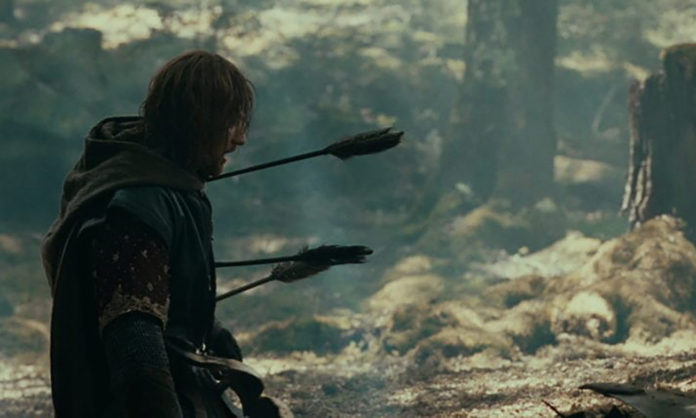Death is the ultimate dramatic moment in your story and should be used only with purpose. But how can you write a great death scene? An article on Industrial Scripts shares some suggestions, as well as examples of momentous movie death scenes.
Naturally, the article contains spoilers for some past films that contain strong character arcs that end in death. Caveat emptor.
“It’s not essential to break new ground when writing a death scene,” the article states. “It’s only essential that a death scene progresses your story and the characters’ arcs.” Some arc-concluding deaths include the destruction of the Iron Giant, who sacrifices himself to save his adopted town. Because he has vowed not to be a weapon, he even saves the lives of those who would turn in into one.
The article examines a few great and not-so-great death scenes to determine why they worked or failed. These worked:
- Tony Stark in Avengers: Endgame. Tony Stark used the Infinity Gauntlet to defeat Thanos, knowing the effort will kill him. When he does, Stark completes his multi-movie character arc from brash, selfish jerk to self-sacrificing hero.
- Ben Parker in Spider-Man. Uncle Ben has been killed off so many times in comics, cartoons, and movies, it’s hard to pick one scene. But his death resonates because it’s the catalyst to Peter accepting his responsibility as Spider-Man, along with his tragedy, his culpability in Ben’s death. Unlike most deaths, which occur near the end of a story, Uncle Ben’s murder is the inciting incident to Peter’s journey.
- Ned Stark in Game of Thrones. The first and possibly greatest major death in the Game of Thrones series, Ned Stark dies by execution at the end of a season where he served as a focal point and the de-facto main character. After he spends an episode in the dungeons, it looks like Ned might receive the king’s mercy, until the moment Joffrey calls for his head. “The writers’ main weapon to make this such a powerful death scene is the sound,” the article says. We hear Ned’s labored breathing, the fall of the sword, and Sansa’s screams. We experience what Arya hears in the crowd, her vision blocked by the Hound. The scene motivates multiple characters, particularly the Stark family, but its shock value and specific sensory details are what cause it to stick with the audience.
The following death scenes don’t work nearly as well:
- Darwin in X-Men: First Class. Though portrayed as a character with the power to “adapt to survive,” Darwin is killed when the movie’s villain shoves a blob of glowing energy in his mouth. While the scene shows the ruthlessness and power of villain Sebastian Shaw, it contradicts what the audience has been told of Darwin’s mutant power: that he can adapt to survive anything that might kill him.
- Jack Dawson in Titanic. After the Titanic sinks, Jack and Rose float in the icy waters until they find a piece of debris to cling to. While at least several people could have fit on the debris, Jack refuses to join Rose and slowly freezes to death. While still creating a strong emotional effect, the number of questions raised by the scenario has bugged audiences for years.











